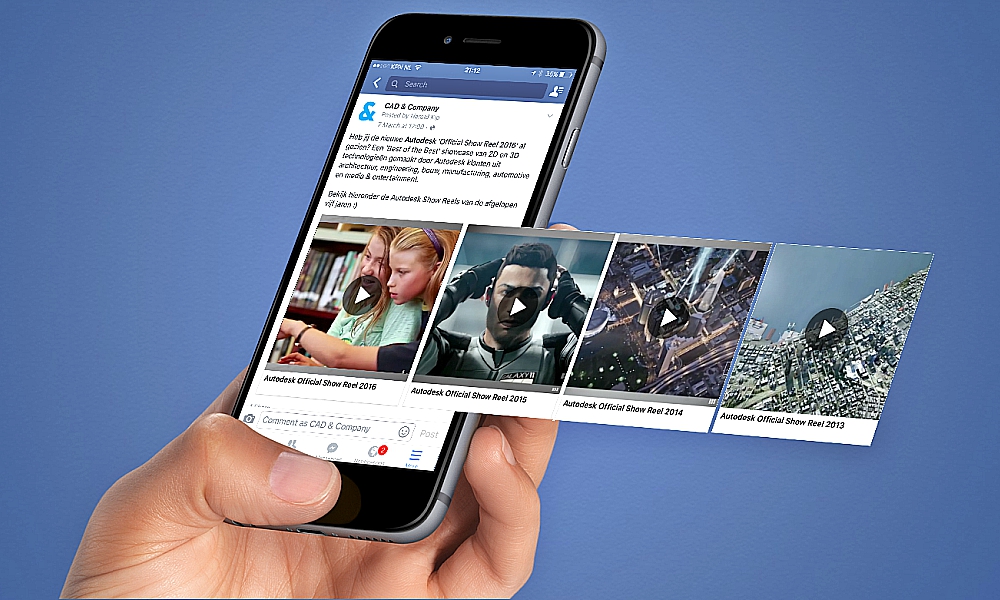In an ongoing effort to monetize content, Facebook recently introduced “mid-roll” ads into videos by certain publishers, and it has now been testing that format for six months. If you aren’t a big fan of those ads interrupting your content consumption experience, you aren’t alone; publishers aren’t crazy about them either.
In a report on the program, five publishers working with Facebook’s new mid-roll ad program were sourced and all five publishers found that the program wasn’t generating the expected revenue.
One program partner made as little as $500 dollars with mid-roll ads while generating tens of millions of views on their content.
Two other partners wouldn’t specify exact revenue number, but they did acknowledge that the ad performance is below expectations. As far as cost goes, certain publishers mentioned CPMs between 15 cents and 75 cents.
That range is large because a lot of the data isn’t clear enough to evaluate their return on investment. According to the Digiday report, publishers receive data on total revenue, along with raw data on things like the number of videos that served an ad to viewers.
The lack of certain data points, along with the confusing structure of the data, makes it difficult to assess the number of monetized views and the revenue by video. For context, YouTube, as arguably the biggest player in video monetization, provides all these metrics.
Another issue is that licensing deals are cutting into margins. Facebook pays publishers, via a licensing fee, to produce and publish a certain number of videos each month. In exchange, Facebook keeps all money until it recoups the fee, after which revenue is split 55/45 between the publisher and Facebook.
While these challenges doesn’t change the fact that revenue is low, it does make it difficult to dissect costs in a meaningful way.
Why is revenue so low to begin with?
For starters, a newsfeed with enough content to feed an infinite scroll probably isn’t the best format for these kinds of ads. As a user, when I’m watching the videos and the ad interrupts the experience, I’ve always scrolled right on through to the next item on my feed. It’s a sentiment echoed by one of the publishers in the Digiday story.
Because of that, Facebook’s new Watch program, which creates a content exclusivity not found on the news feed, might produce better results in the future. Either way, Facebook will need to solve this revenue challenge for publishers, or they might pull out of the programs altogether.
Born in Boston and raised in California, Connor arrived in Texas for college and was (lovingly) ensnared by southern hospitality and copious helpings of queso. As an SEO professional, he lives and breathes online marketing and its impact on businesses. His loves include disc-related sports, a pint of a top-notch craft beer, historical non-fiction novels, and Austin's live music scene.










































Kelly
December 21, 2018 at 7:18 am
Not just when im on Facebook ads are on my phone even when Facebook is off popping up constantly
Pingback: Social Media Virginity - Daniela Furtado